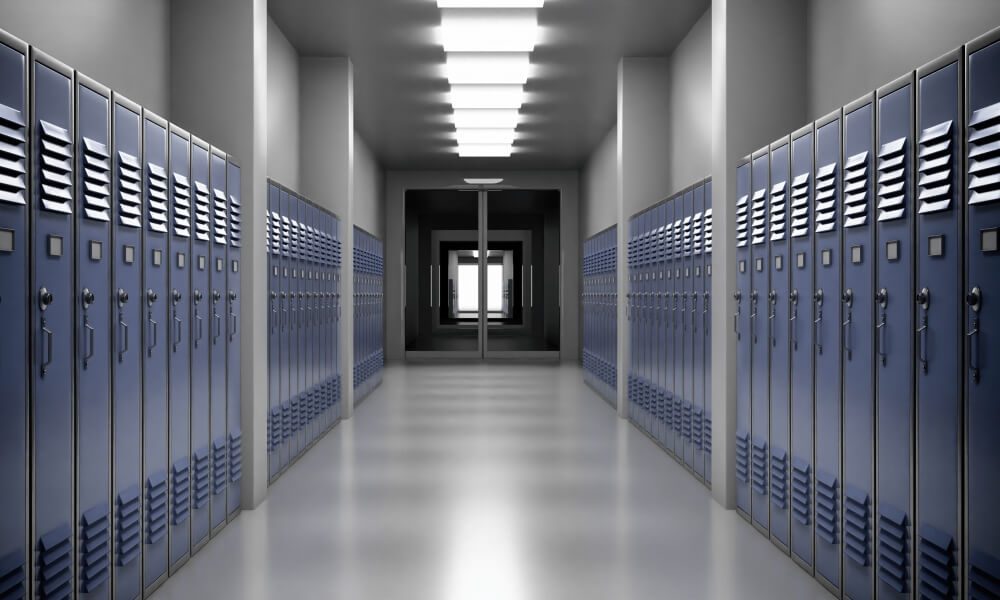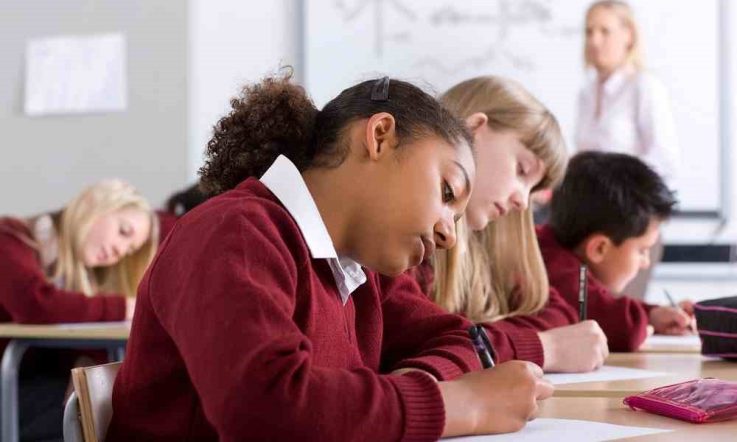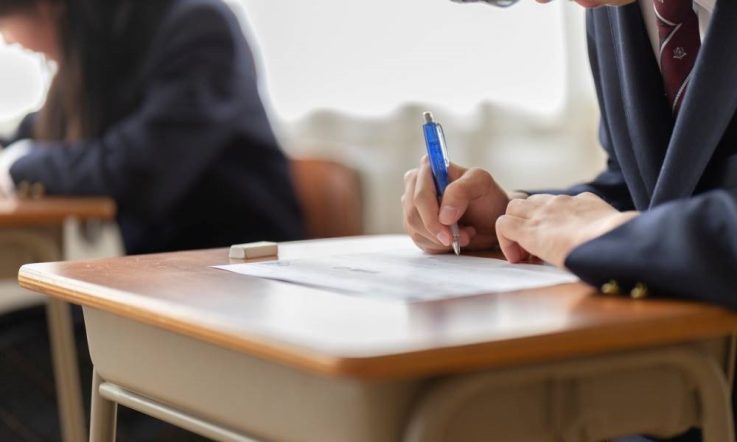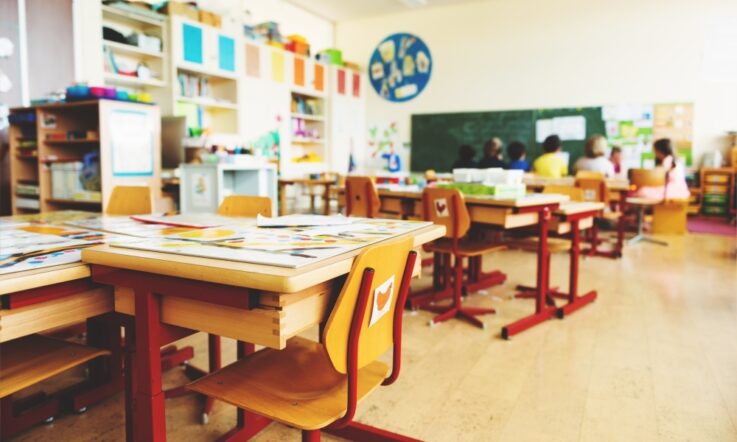At the beginning of the school year, many teachers dedicate time to establishing a positive culture and setting up behaviour expectations for their classroom. In your school setting, how do these expectations look beyond the classroom, in areas like the school hallways and playground? As we reported last month, new analysis of Australian data from the latest cycle of OECD’s PISA (Programme for International Student Assessment) has shown Australian students reported lower feelings of safety than the OECD average, and that their feelings of safety is lowest in areas of the school outside the classroom (De Bortoli et al, 2024).
So, how can teachers and leaders support students’ feeling of safety not just in the classroom, but in all areas of school? In this article, Dr Erin Leif – senior lecturer in the faculty of education at Monash University – shares some practical considerations for schools when reflecting on how they can support feelings of safety in all areas of the school grounds.
All students (and their teachers) have the right to be safe at school. When students feel safe, they are more likely to engage actively in their learning. Feelings of safety at school can contribute to better focus and concentration, which are critical for academic success (Kutsyuruba et al., 2015). A safe environment also promotes positive relationships among students and between students and teachers (Lenzi et al., 2017). This helps in building a supportive community where students feel valued and respected. Finally, feeling safe at school is vital for students' mental and emotional health (Graham et al., 2023). Anxiety and fear can negatively impact a student's ability to learn and can lead to issues such as absenteeism, stress, and even long-term psychological problems (Finning et al., 2019).
For these reasons, it is important that we regularly assess students’ perceptions of their safety at school. The most recent Programme for International Student Assessment (PISA) asked Australian students about their perceptions of their safety at school by rating their level of agreement with the following statements:
- I feel safe on my way to school.
- I feel safe on my way home from school.
- I feel safe in my classrooms at school.
- I feel safe at other places at school (e.g., hallway, cafeteria, restroom).
A Feeling Safe at School index was constructed using the responses to these statements. Positive values indicate that, on average students feel safer at school than students from other countries. Negative values indicate that, on average, students feel less safe at school than students from other countries. Australia’s mean score on the Feeling Safe at School Index was -0.12, suggesting that Australian students feel less safe at school than their same-aged peers in other countries.
A closer look at students’ feeling of safety
While the average value on the Feeling Safe at School Index was negative, most Australian students indicated that they generally feel safe at school. More than 90% of Australian students reported that they feel safe in my classrooms at school (93%), that they feel safe on my way home from school (94%) and that they feel safe on their way to school (95%). A slightly lower percent of Australian students (88%) reported that they feel safe at other places at school (e.g., hallway, cafeteria, toilets).
However, when we look at the data by state, gender, and equity group, some troubling trends come to light. In the Northern Territory, students reported lower perceptions of safety at schools compared to other regions. Gender differences also revealed stark contrasts: female students reported feeling significantly less safe at school than male students. Their safety index score was one-quarter of a standard deviation below the OECD average, while the score for male students showed no significant difference from the OECD average.
Socioeconomic factors further highlighted disparities. Students from disadvantaged backgrounds felt markedly less safe at school than those from average and advantaged backgrounds. Even students from average socioeconomic backgrounds reported feeling less safe than their advantaged peers. Finally, students from First Nations backgrounds experienced a substantially lower sense of safety compared to non-First Nations students.
Practical considerations for schools
These findings underscore the need for whole-of-school interventions to ensure a safe and inclusive learning environment for all students. Given that students reported feeling less safe in places at school outside of the classroom (like hallways and restrooms), there is a need to focus on ways to enhance safety in these areas. Here are some ways that schools might enhance safety across the school:
- To ensure physical safety, it is important to maintain clean and well-lit school facilities. School staff should conduct regular walkthroughs of all areas of the school and regularly assess and address potential safety hazards in common areas such as hallways, restrooms, playgrounds, and cafeterias.
- Everyone needs to know what it means to be safe at school. It is important for school staff, students, and parents to work together to establish clear school-wide behavioural expectations that describe the safe behaviours all students are expected to demonstrate in and outside of the classroom. These safe behaviours should be modelled to and by all members of the school community, including teachers, school leaders, and parents. Students should be regularly and positively acknowledged for displaying safe behaviours at school.
- To ensure safety issues are quickly identified and addressed, it is important that staff members are visible and actively engaged during non-classroom times, such as recess, lunch, and before and after school. This presence can deter negative behaviour and make students feel safer knowing that adults are available to help if needed.
- We should empower students to take an active role in promoting safety through leadership roles and involvement in decision-making. Schools can establish student councils, safety committees, or peer support groups where students can voice their concerns and contribute to creating solutions. To develop a sense of collective responsibility for safety, it is important to get students involved and really listen to their concerns and ideas.
- Cultural safety is also important. To enhance cultural safety, schools must strive to be places where everyone, regardless of their culture, feels safe, respected, included, and understood in their cultural identity. A culturally safe school is one in which members of the school community regularly reflect on their own cultural identities, attitudes, beliefs, and biases and take active steps to understand and address power imbalances that exist as a result of historical and ongoing impacts of colonisation, discrimination, and inequality.
- Schools need to provide multiple channels for students to report safety concerns, both openly and confidentially. This can include suggestion boxes, anonymous reporting apps, or designated staff members trained to handle sensitive issues. This may be especially important for students who are experiencing interpersonal conflict or violence and who are fearful of reporting their concerns.
- Schools must have a clear and consistent approach for addressing safety concerns to ensure the wellbeing of all students and staff. Safety protocols and guidelines can foster a secure environment where everyone knows the procedures to follow during emergencies or unsafe situations. Clear safety guidelines build trust among school staff, students, and the parents, demonstrating the school's commitment to protecting its members and providing safe learning environment for all.
- School staff and students need to monitor and evaluate the effectiveness of safety initiatives through surveys, focus groups, and feedback sessions. This data can be used to make informed adjustments and continuously improve the safety measures in place.
While PISA data can help schools identify important areas for improvement, it is important to recognise that the data don’t tell the whole story. While students reported feeling less safe in areas of the school outside of the classroom, we don’t know why.
When utilising PISA data to inform a new approach, practice, initiative or program in your school setting, school-specific surveys or discussions with students to gather more information about students’ perceptions of their safety would be a valuable addition. If students report feeling unsafe, it is important to identify why and then use this information to develop contextually appropriate and culturally responsive interventions to enhance safety that address the core reasons why students feel unsafe.
References
De Bortoli, L., Underwood, C., Friedman, T., & Gebhardt, E. (2024). PISA 2022. Reporting Australia’s results. Volume II: Student and school characteristics. Australian Council for Educational Research. https://doi.org/10.37517/978-1-74286-726-7
Finning, K., Ukoumunne, O. C., Ford, T., Danielson‐Waters, E., Shaw, L., Romero De Jager, I., ... & Moore, D. A. (2019). The association between anxiety and poor attendance at school–a systematic review. Child and Adolescent Mental Health, 24(3), 205-216. https://doi.org/10.1111/camh.12322
Graham, A., Canosa, A., Boyle, T., Moore, T., Taylor, N., Anderson, D., & Robinson, S. (2023). Promoting students’ safety and wellbeing: ethical practice in schools. The Australian Educational Researcher, 50(5), 1477-1496. https://doi.org/10.1007/s13384-022-00567-8
Kutsyuruba, B., Klinger, D. A., & Hussain, A. (2015). Relationships among school climate, school safety, and student achievement and well‐being: a review of the literature. Review of Education, 3(2), 103-135. https://doi.org/10.1002/rev3.3043
Lenzi, M., Sharkey, J., Furlong, M. J., Mayworm, A., Hunnicutt, K., & Vieno, A. (2017). School sense of community, teacher support, and students’ school safety perceptions. American Journal of Community Psychology, 60(3-4), 527-537. https://doi.org/10.1002/ajcp.12174
On your own, or with a colleague, reflect on your school’s sense of collective responsibility for safety. Is this something you’re already doing well, or is it perhaps an area you can look to improve on? How many of the 8 practical considerations mentioned by Dr Erin Leif in this article are currently embedded in your schools’ practices?



